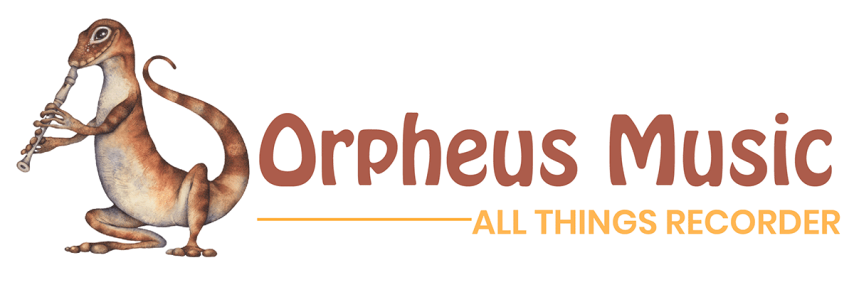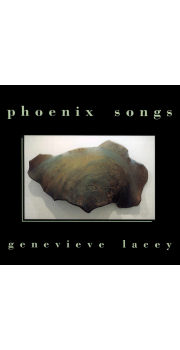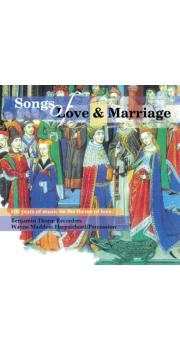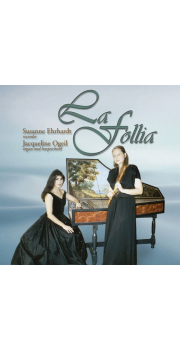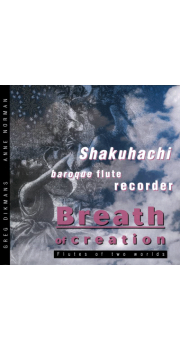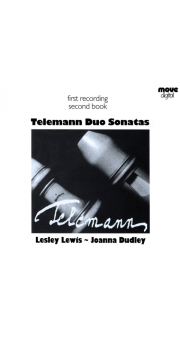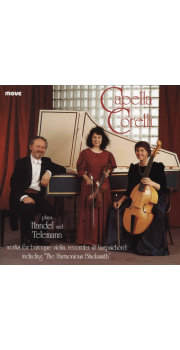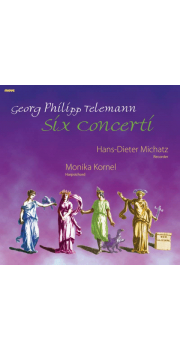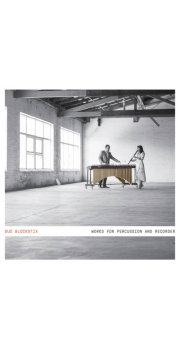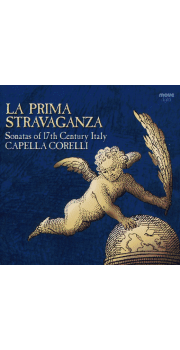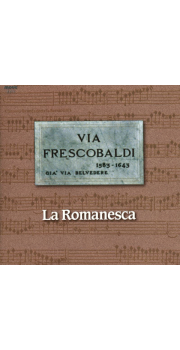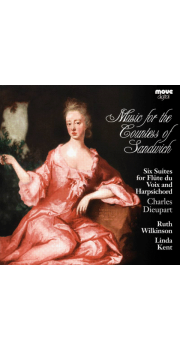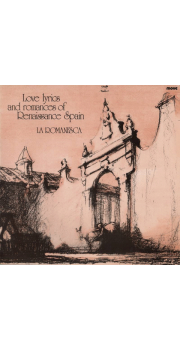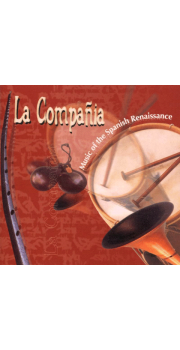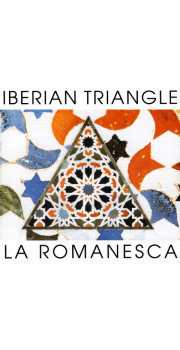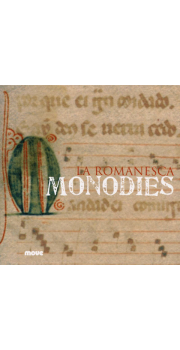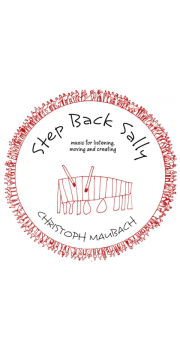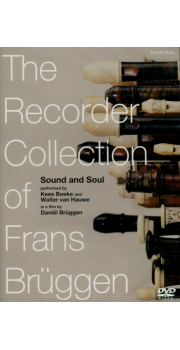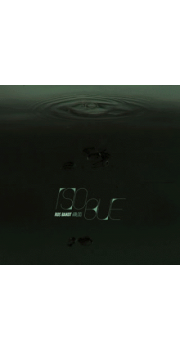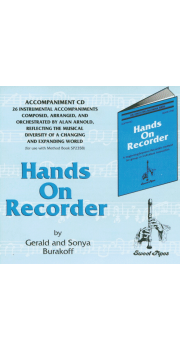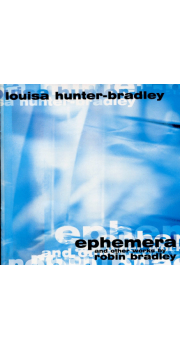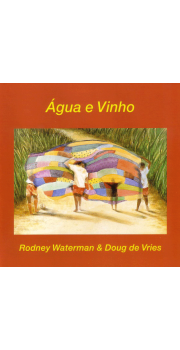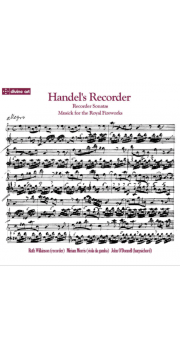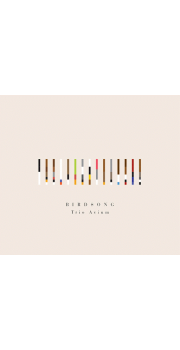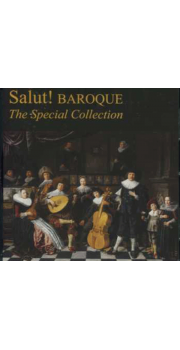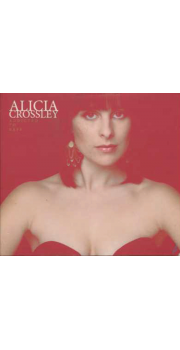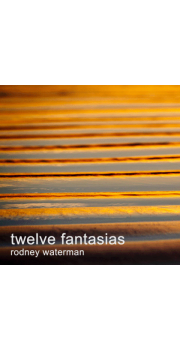No products
Prices are tax included
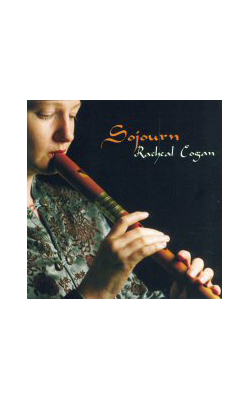 View larger
View larger Sojourn
This recording is the culmination of an intense 18 month sojourn Racheal Cogan spent based in Greece, performing and learning with the musicians on this recording. Traditional Cretan music and contemporary modal music which is often improvised. Recorder: Racheal Cogan
More info
Sojourn - Racheal Cogan OM601 (2006)
Racheal Cogan - Recorders, Ross Daly and Kelly Thomas - lyras and Angeliki Xekalaki - tombak, bendir
1. Four Syrta 8:04
Improvisation
i) Untitled (Racheal Cogan)
ii) Gavalohorianos (traditional)
iii) Sfakianos (traditional)
iv) Untitled (Racheal Cogan)
Racheal Cogan - Ganassi recorder in G: low whistle in D2. Piperkovo Horo 8:16
(traditional Macedonian)
Angeliki Xekalaki - bendir
Racheal Cogan - Ganassi recorder in G3. Medieval Pieces 11:09
i) La Manfredina
ii) Improvisation
iii) Tristan's Lament
iv) Istampitta Ghaetta
(Anon. Medieval Italian)
Kelly Thomas - lyra
Angeliki Xekalaki - tombak
Racheal Cogan - Ganassi recorder in G4. Mediterranean Pieces 16:32
i) Razozko Kalajdzijsko Horo (traditional South West Bulgaria)
ii)Voitha Panagia (traditional Thrace/Greece)
iii)Tekez (traditional Turkey)
Ross Daly and Kelly Thomas - lyras
Angeliki Xekalaki - bendir
Racheal Cogan - Ganassi recorders in G and C5. Syrta 9:39
i) Leonidas Klados
ii) Lefteris ‘Gallianos'
iii) Nikolaos Tzengas
Ross Daly - lavta
Kelly Thomas - lyra
Angeliki Xekalaki - bendir and daf
Racheal Cogan - Ganassi recorder in GRecorded and mixed in Greece 2001 at Aeolia Recording Studio, Athens Greece by Themis Nikoloudis. Track one was recorded and mixed initially by George Papakotsakis in 2002 at SBS studios Melbourne and later remixed in Athens at Aeolia music studios by Themis Nikoloudis.
The Music
This recording is the culmination of an intense 18 month sojourn based in Greece, performing and learning with the musicians on this recording: Ross Daly, Kelly Thomas and Angeliki Xekalaki.The two groups of Syrta and the group of pieces from Bulgaria, Thrace and Turkey are pieces either that I learnt with these musicians, or that were directly inspired by them - as in the case of two short compositions of mine. I had already been playing the Medieval and Macedonian pieces for a very long time, and I was delighted to share them with both Kelly Thomas and Angeliki Xekalaki. The Medieval pieces are part of the traditional recorder player's repertoire. I continue to play them because they work so well with the music I have been studying and performing from Greece, Turkey, and more recently, Persia. These are anonymous pieces from a 14th century manuscript found in Italy. We don't really know much about them or what instruments they may have been intended for.
Syrta are a form of music and dance from the island of Crete in Greece. The four Sytra from track one consist of two anonymous traditional melodies called Sfakianos and Gavalohorianos, and two that I have composed. In the contexts in which I have heard and participated in this style of music in Crete, these melodies are often very simple; the sections are repeated many times, often in groups of three and the instrumentalists and singer/s will improvise upon and embellish the melodies within the style. A series of Syrta are often strung together and can last as long as is appropriate in the context of the performance and the musicians' preferences. The magic of these pieces is in the freedom you have to embellish the phrases and the number of times you can repeat them.
It is a living tradition, and good musicians naturally compose their own pieces that contribute to this perpetual and evolving flow. In this music we may know the name of the composer, but often we do not, for it is just not so emphasised as in the Western traditions. Some of the pieces we play could be hundreds of years old, passed on from musician to musician; others may have been composed yesterday. Syrta can be played purely instrumentally, but usually there will be lyrics that are sung with them. This style of music can easily be adapted for many types of instruments, as in the final group of Syrta with lavta, lyra, bendir and daf. Historically, Syrta have been performed on the sfirohabiolo, a traditional wind instrument similar to a recorder, and which can be heard in some recordings of Cretan music. This is a tradition that has almost disappeared in the twenty-first century.
In the pieces Razozko Kalajdzijsko Horo and Tekez I play two recorders simultaneously, the Ganassi in C and the Ganassi in G. I support both instruments on my legs so that I can easily cross over my hands between them for a far greater range of notes without dropping the recorders. I keep the Ganassi in C on the left side as it is the main melody instrument and for most players, playing with the left hand on top is common practice and therefore more comfortable. The drone note on A in the lower instrument is played with all holes open, it is thus a little sharp as it is usually flattened with the middle finger of the right hand. This creates a compromise with tuning when the lower instrument changes to other notes, so I tune the instruments together somewhere between these two poles.
Instruments
The Ganassi recorders in C and G and the low whistle in D are all made in Victoria, Australia, by Michael Grinter.The Australian recorder maker Fred Morgan developed the Ganassi recorder in the 1970s. He was initially inspired by the capabilities of a recorder described in 1535 by Sylvestro Ganassi in Vienna in his book Opera Intitulata Fontegara - A Treatise on the Art of Playing the Recorder and of Free Ornamentation. Morgan began to search for a surviving medieval instrument that would play the fingerings described by Ganassi with a range of two and a half octaves. This led to the discovery of a recorder in a museum in Vienna that worked with similar fingerings. This instrument provided some good insight and the superficial exterior was used for the new Ganassi. Morgan based the bore dimensions on some experimentation that another recorder maker, Bob Marvin, from the United States had published. Importantly, these dimensions give the instrument its wide range, which is comparable with the Baroque instrument's range of 2½ octaves. The Ganassi recorder was never meant to be a replica of a museum piece. I think of it as a contemporary instrument inspired by the possibilities of Ganassi's intriguing treatise which shows how to improvise (‘make divisions'), lists various fingerings, and also mentions the use of dynamics on a recorder type instrument.
The lyra is a short necked bowed lute, related to the violin. It is played upright, resting on or between the knees, with the strings stopped from the side with the fingernails. One of Kelly Thomas' bows has bells attached that jingle rhythmically as she plays. She uses this bow in the fourth set of pieces. Ross Daly has developed a lyra with sympathetic strings attached, which creates a uniquely resonant and rounded sound.
The lavta is a long necked plucked lute with frets and a round belly. It is known as an instrument that preceded the oud in Ottoman urban music. The tombak is a goblet shaped hand drum, made from a single piece of carved wood, usually mulberry, typically with goat skin stretched over the top. It is the principal percussion instrument in Persian classical music, and is sometimes also referred to as the zarb.
The Kurdish daf is a round rim-type frame drum played with the hands. Circling the inner side facing the player are small metal rings which jingle as the player shakes the instrument. The bendir is a circular frame drum played with the hands.
Track one was recorded and mixed at SBS studios Melbourne 2002 and engineered by George Papakotsakis. All other tracks were recorded and mixed at Aeolia Recording Studio, Athens Greece 2001, and engineered by Themis Nikoloudis. The album was mastered by Themis Nikoloudis in Athens 2002.
Recorded with assistance from Arts Victoria.
Review Metro, Sydney Morning Herald Sun, July 28 2006
Racheal Cogan
Sojourn
4 stars (hot stuff)
Anyone obliged to play the recorder in school probably has a horror of them. But set those prejudices to one side and let the beauty of this instrument entrance you. Sydney's Racheal Cogan plays music from Greece, Macedonia, Bulgaria and Turkey, plus some medieval Italian pieces. Her sound exudes joy as effectively as it realises a deep sadness. Her playing of two recorders simultaneously is more than a party trick.
John Shand
30 other products in the same category:
Reference: MD3165
Brand: Move
Phoenix Songs
CD Recording: Like the phoenix 'rising from the ashes', the recorder is...
In StockReference: MD3219
Brand: Move
Songs of Love and Marriage
Benjamin Thorn and Wayne Madden present a journey through 600 years of music...
In StockReference: MD3163
Brand: Move
Breath of Creation
Flutes of two worlds. Performing on shakuhachi, baroque flute and recorder,...
In StockReference: MD3140
Brand: Move
Telemann Duo Sonatas
This is the first-ever recording of the second book of Telemann's 'Six Duo...
In StockReference: MD3126
Brand: Move
Capella Corelli Plays Handel and Telemann
Capella Corelli has long been one of Australia's foremost baroque chamber...
In StockReference: MCD576
Brand: Move
Six Concerti
Hans-Dieter Michatz (recorder) and Monika Kornel (harpsichord) perform...
In StockReference: MCD561
Brand: Move
Duo Blockstix Works for Percussion and Recorder
Duo Blockstix is a unique and vibrant Australian ensemble featuring recorder...
In StockReference: MD3208
Brand: Move
La Prima Stravaganza
CD Recording: Sonatas of 17th century Italy performed by Capella Corelli. A...
In StockReference: MD3206
Brand: Move
Via Frescobaldi
17th century Italian composer Girolamo Frescobaldi was conservative in style...
In StockReference: MD3161
Brand: Move
Music for the Countess of Sandwich
CD Recording: First release of the complete suites for Flûte du Voix by...
In StockReference: MD3034
Brand: Move
Love lyrics and romances of Renaissance Spain
CD Recording: This is the first recording by early music group La Romanesca....
In StockReference: MD3225
Brand: Move
Music of the Spanish Renaissance
CD Recording: If you liked the period music used in the multi award-winning...
In StockReference: MD3114
Brand: Move
Iberian Triangle
La Romanesca presents a portrait of the musical diversity of Spanish song in...
In StockReference: MCD095
Brand: Move
Step back Sally
Traditional folk songs arranged for percussion, piano, recorder, guitar,...
In StockReference: 985253
Brand: Zen-on
The Recorder Collection of Frans Bruggen DVD
DVD: The Recorder Collection of Frans Bruggen - Sound and Soul, performed by...
In StockReference: SG0801
Iso Bue
This is a double CD of Ros Bandt's evocative music and intoxicating sound...
In StockReference: SP2358CD
Hands on Recorder CD Sweet Pipes
Accompaniment CD 26 Instrumental accompaniments for use with Method Book...
In StockReference: TMS001
Ephemera
Louisa Hunter-Bradley is a leading performer of Australian contemporary music...
In StockReference: CARMO/14
Água E Vinho
ECM recording artist and Carmo Records founder Egberto Gismonti was...
In StockReference: DDA25124
Handel’s Recorder
This recording of recorder sonatas by Handel and an 18th c. transcription of...
In StockReference: HP002
Bird Song Trio Avium
Birdsong has inspired composers from medieval times to the present day. Led...
Out of stockReference: SAL010E
Salut! Baroque: The Special Collection
Salut! Baroque is one of Australia's most dynamic early music ensembles,...
In StockReference: ACR01
Alicia Crossley: Addicted to Bass
Alicia Crossley is one of Australia’s leading recorder players. She performs...
In StockReference: RW001
Twelve Fantasias for Solo Recorder
Rodney Waterman is a performer, teacher and composer who specialises in the...
In Stock
